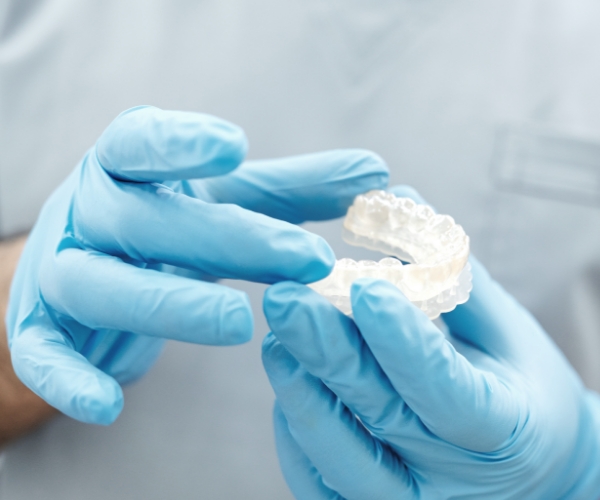It is recommended that children should go to the dentist with their parents as soon as possible. You should then take them regularly, as often as your dental team recommend. This will let them get used to the noises, smells and surroundings and prepare them for future visits. The earlier these visits start, the more relaxed the children will be.


Your teeth can get fluoride in a number of different ways, including from toothpaste, specific fluoride applications and perhaps the drinking water in your area. These can all help to prevent tooth decay. If you are unsure about how much fluoride you need in your toothpaste ask your dental team. You can check the level of fluoride on the packaging of the toothpaste. Children ages 0-3yrs are advised to use a pea sized amount of a child’s toothpaste, 3yrs plus are advised to use adult toothpaste
Children should be supervised when brushing up to the age of 7.
There are many different types of children’s toothbrushes, including brightly coloured brushes, some that change colour, some with favourite characters on the handle, and some with a timer. These all encourage children to brush their teeth. The most important thing is to use a small-headed toothbrush with soft, nylon bristles, suitable for the age of your child.
Using a power toothbrush can help to make brushing fun and make sure your child brushes for the correct amount of time.
Toothache is painful and upsetting, especially in children, and the main cause is tooth decay. This is due to too much sugar, too often, in the diet.
Teething is another problem. It starts at around 6 months, and it can continue when the adult teeth start to appear. If your child needs pain relief, make sure you choose a sugar-free medicine. If the pain continues then contact your dental team for an appointment. Remember to check with your doctor or pharmacist that you are being prescribed sugar-free medicines at all times.
The main cause of tooth decay is not the amount of sugar or acid in the diet, but how often it is eaten or drunk. The more often your child has sugary or acidic foods or drinks, the more likely they are to have decay. So it is important to have sugary and acidic foods just at mealtimes. If you want to give your child a snack, try to stick to cheese, vegetables and fruit. Try to limit how much dried fruit you give as it is high in sugar and can stick to the teeth. Don’t give them drinks containing sugars, including fruit juices, between meals. Give them water or milk instead. For babies, don’t add sugar to their drinks or to foods when you introduce them to solids.
It is also worth remembering that some processed baby foods contain quite a lot of sugar. Try checking the list of ingredients: the higher up the list sugar is, the more there is in the product. Generally anything ending in ‘ose’ is a sugar, for example: fructose, glucose, lactose or sucrose. Thorough brushing with a fluoride toothpaste last thing at night, and at least one other time during the day, will help to prevent tooth decay.
Children can sense fear in their parents, so it is important not to let your child feel that a visit to the dental team is something to be worried about. Try to be supportive if your child needs to have any dental treatment. If you have any fears of your own about going to the dentist, don’t let your child hear you talk about them.
Regular visits to the dental team are essential in helping your child get used to the surroundings and what happens there. A child can be much more anxious if it is their first visit to a dental practice. Pain and distress can happen at any time and it is important to prepare your child with regular visits.
First (or ‘baby’ or ‘milk’) teeth usually start to appear when your child is around 6 months old. All 20 baby teeth should appear by the age of 2.
The first permanent ‘adult’ molars (back teeth) will appear at about 6 years, before the first baby teeth start to fall out at about 6 to 7. The permanent ‘adult’ teeth will then replace the ‘baby’ teeth.
It is usually the lower front teeth that are lost first, followed by the upper front teeth shortly after. All permanent teeth should be in place by the age of 14, except the ‘wisdom’ teeth. These may appear any time between 18 and 25 years of age.
All children are different and develop at different rates.